Cape Gooseberry
What is Cape Gooseberry?
Cape gooseberry is a fruit of the potato family basically, though resembles to small tomatoes in appearance.

Cape Gooseberry
Table Of Content
Scientific Name Of Cape Gooseberry

Picture 1 – Cape Gooseberry picture
Source – www.flickr.com
Scientific name of cape gooseberry is physallis Peruvian. Cape gooseberry is also commonly known golden berry, husk cherry, peruvian ground cherry, and also poha berry.
Cape Gooseberry Description
The Plant
Picture 2 – Cape gooseberry plant
Source – www.olharfeliz.typepad.com
Cape gooseberry plants grow up to 0.4-3m in height. It has a stiff and uptight stem.
Looks
Cape gooseberries are small round shaped fruits. The fruits are yellow and orange in color. The fruits are safely enclosed inside a husk. Cape gooseberries look like small tomatoes. There are lots of seeds inside each fruit.
Taste
Cape gooseberries taste tangy-sweet. It is mostly eaten as a desert with fresh cream or honey.
Cape Gooseberry Distribution
Cape gooseberry fruit is a native of America. It is now grown all around, mostly in Africa, Australia, and many other countries.
Cape Gooseberry Facts
Here are some interesting facts about cape gooseberries.
- Cape gooseberries are eaten as both fruits and vegetables cooked in recipes.
- The husk of cape gooseberries and the leaves are also used in cooking.
- The ripe cape gooseberry fruits are extremely nutritious and delicious, but the unripe cape gooseberry fruits are poisonous, and can even cause death.
- Cape gooseberry fruits stay for a long time. They can simply be preserved in a tin and kept.
- Cape gooseberry fruits can also be dried and preserved. Dry cape gooseberry fruits are also eaten as dry fruits.
Cape Gooseberry Nutritional Values
Cape gooseberries are rich in vitamin C, vitamin P, and potassium. The fruit is very low in calorie content. Cape gooseberries contain a particular type of soluble fiber.
The cape gooseberry leaves are cooked and eaten as spinach by some tribes since ages, which means obviously the leaves are nutritious.
Cape Gooseberry Medicinal Uses
Cape gooseberries have many medicinal uses in many cultures and countries.
- In Columbia the cape gooseberry leaves are used as diuretics.
- In Zulu tribe the cape gooseberry leaves are used to improve abdominal conditions.
- Cape gooseberries are used to treat asthma.
- In South Africa cape gooseberry leaves are used as poultices on many inflammations.
Cape Gooseberry Health Benefits
Cape gooseberries have many health benefits.
- The vitamin C content of cape gooseberries helps improve the immunity system.
- Cape gooseberries also contain abundant amount of potassium which helps in controlling blood pressure levels.
- Cape gooseberries contain less calories and a kind of soluble fiber. This fruit is taken as desert with cream or honey. The low calorie content helps in maintaining the calorie increase in that desert.
- Cape gooseberries are high in vitamin C content also and are thus good anti-oxidants.
- Being a yellow fruit cape gooseberry, like other yellow and orange colored fruits, are good for heart, immunity system, vision, and even helps in some types of cancers.
Cape Gooseberry Pruning
Picture 3 – Cape Gooseberry prunning
Source – www.daleysfruit.com.au
How to grow cape gooseberries is a question commonly asked. Cape gooseberries are warm-climate plants. In colder climate the cape gooseberries can be replanted. The cape gooseberries are cultivated in the following process.
- The cape gooseberry plants seeds or baby plants should ideally be sown in early or latest by mid March.
- Dig a hole in a sun soaked area. The depth of the hole should be as long as a nursery container, but the width should be twice the width of the nursery pot.
- The soil needs no fertilizer as cape gooseberries grow well enough in natural poor soil. Some sand can be mixed with the soil for better drainage of water.
- Pinching the tips of the baby plant while planting is advisable. This will help the plant to grow more branches, resulting in more cape gooseberry fruits in turn.
- Cape gooseberry plant should be watered regularly and kept under close monitoring of drainage as well, so that the water does not clog in the soil. Cape gooseberry plant cannot grow well in muddy soil.
- Cultivate the cape gooseberry fruits when the husks are dry. Keep gathering the fruits every 2 to 3 weeks till all the cape gooseberry fruits are cultivated.
- The first ripe fruits can be picked and waiting for the whole bunch to ripen is not needed, as they will ripe in their own time.
Cape Gooseberry Side Effects
Cape gooseberry is a very useful and nutritious fruit. But studies show that the raw form of this fruit could be poisonous and can result in many unpleasant health conditions. Reports say that consumption of unripe cape gooseberries have resulted in many diseases among the local people of the areas where cape gooseberries are cultivated.
It has even further been observed that eating unripe cape gooseberries have resulted in cattle death in places like Australia. Thus it can be harmful to eat unripe cape gooseberries and can even lead to death.
Cape Gooseberry Allergy
Not much is known about the allergic reactions and symptoms from cape gooseberry. It is advisable to avoid consumption of cape gooseberry if someone is allergic to cherries or berries. Even those who are allergy prone to vitamin C and O in any form should avoid cape gooseberry.
Cape Gooseberry Uses
- Cape gooseberry is a very useful fruit. It has many uses in human anatomy.
- Cape gooseberry has medicinal uses in treating asthma.
- Cape gooseberry is used to make jam, jelly, pudding, pie, etc.
- Cape gooseberry is also eaten as a vegetable sometimes in recipes.
- Cape gooseberry is consumed as a desert with honey also.
- In ancient days, women in Peru used the cape gooseberries as ornaments.
- The native Zulu tribe in Africa use cape gooseberry to improve or lessen abdominal troubles.
- Cape gooseberry has notable amount of thickening agent in it and is rich in Vitamin P.
- The cape gooseberry leaves are cooked and eaten by some tribes as spinach.
- In ancient days the unripe cape gooseberry fruits were even used by people to poison other lives to death.
Picture 4 – Cape gooseberry recipe
Source – www.farm5.static.flickr.com
Cape Gooseberry Leaves
Picture 5 – Cape gooseberry leaves
Source – www.delivery.superstock.com
Cape gooseberry leaves have many uses unlike other fruit leaves.
- Cape gooseberry leaves are cooked and eaten by some like spinach.
- In many tribes and countries the cape gooseberry leaves are used to cure many ailment, like asthma, abdominal troubles, and many more.
- The leaves of cape gooseberry plants are also used as poultices on the inflammations in South Africa.
Cape gooseberry is a very nutritious and tasty fruit. It has many medicinal benefits and is used to cure many maladies. Cape gooseberry fruits are also used to make jam, flavored deserts, and is also taken as a fruit desert without any other form. Though the fruit is very nutritious but it is very harmful and can even be poisonous in its early stages of ripening. Not much is known about the allergic symptoms of cape gooseberry fruit though but still is safer to be avoided by those who are allergic to other kinds of cherries or berries, specially with vitamin C and P.
- by anwiksha
- June 4th 2011

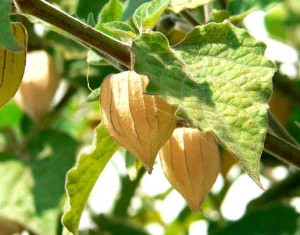


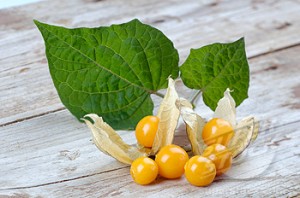
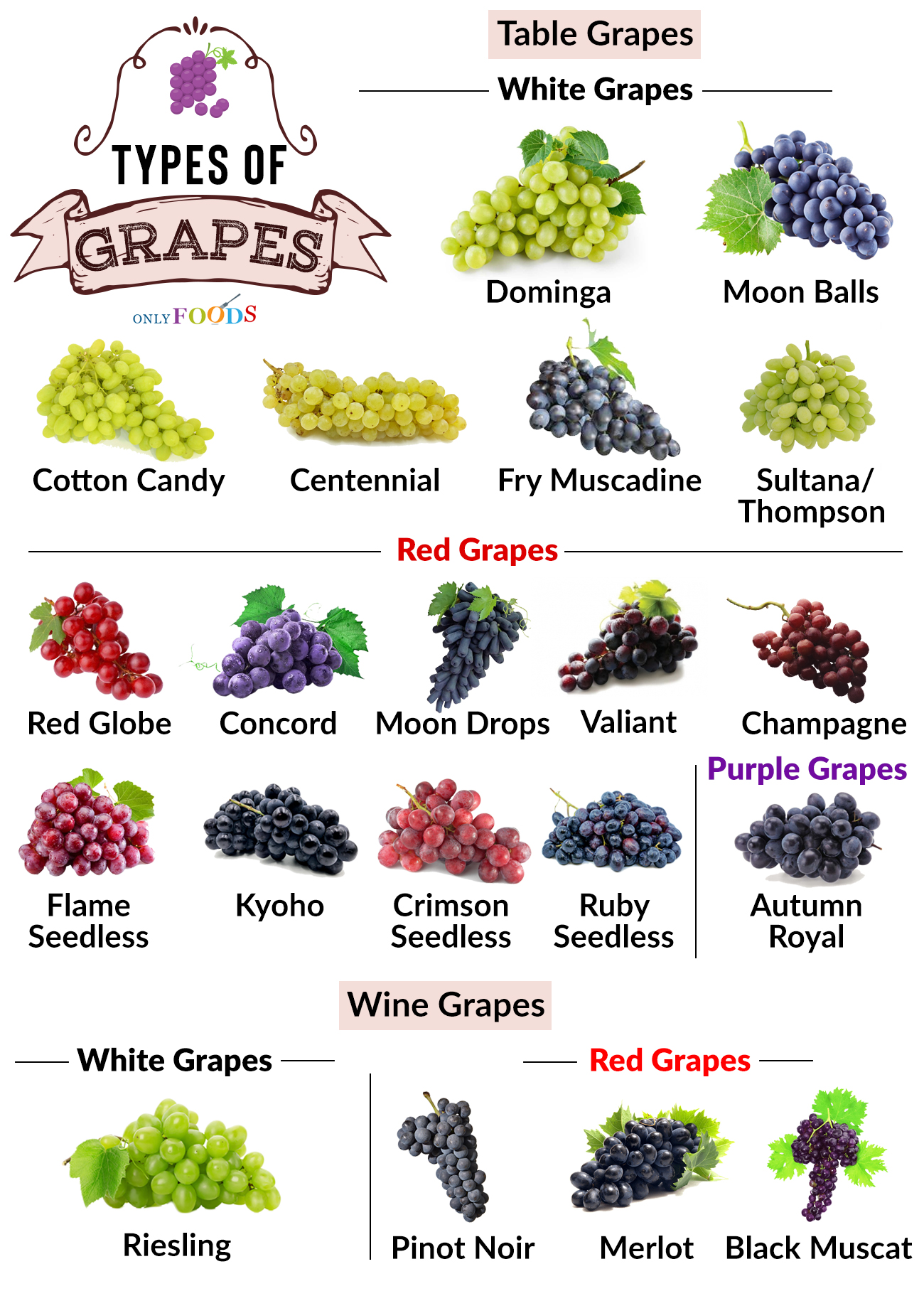
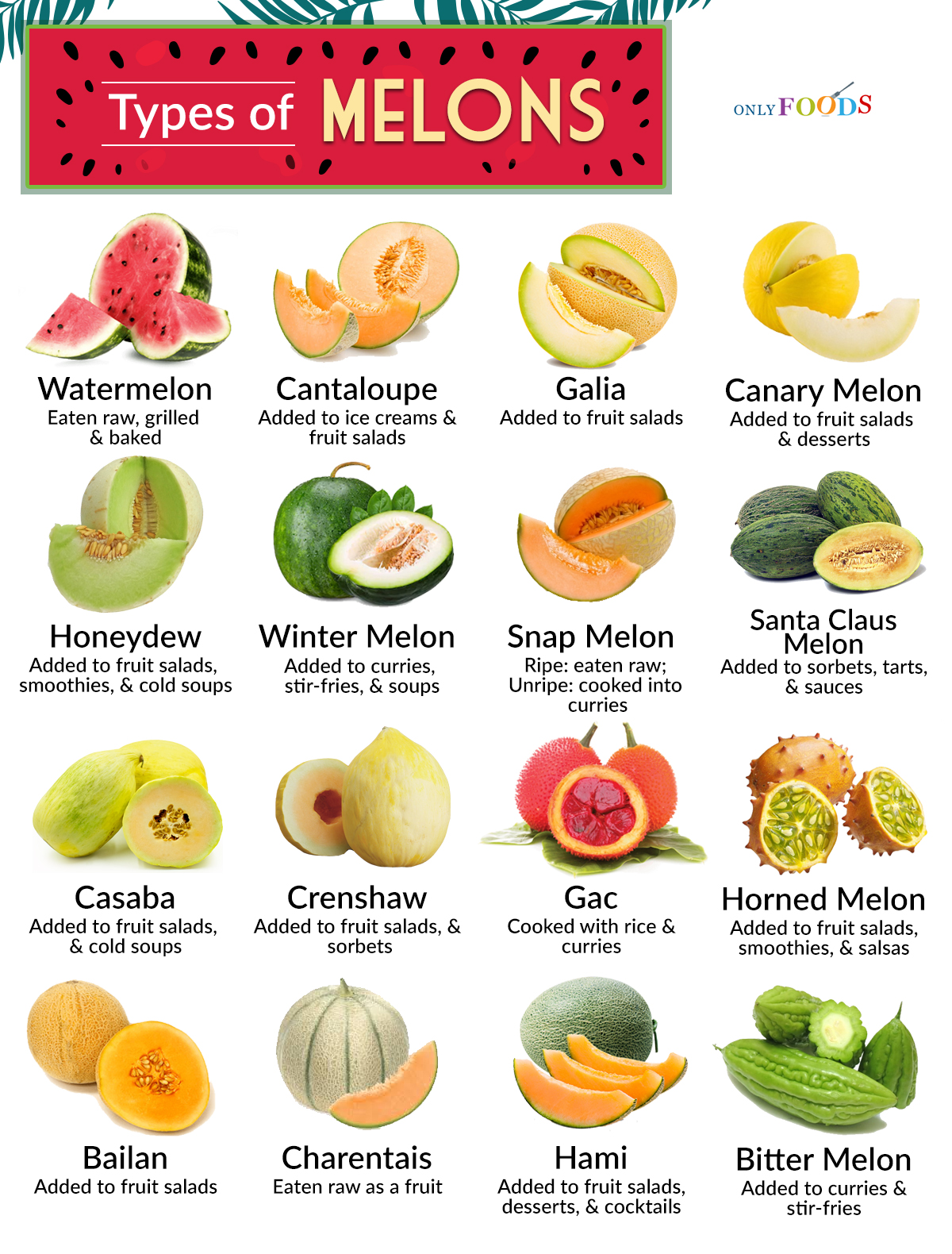
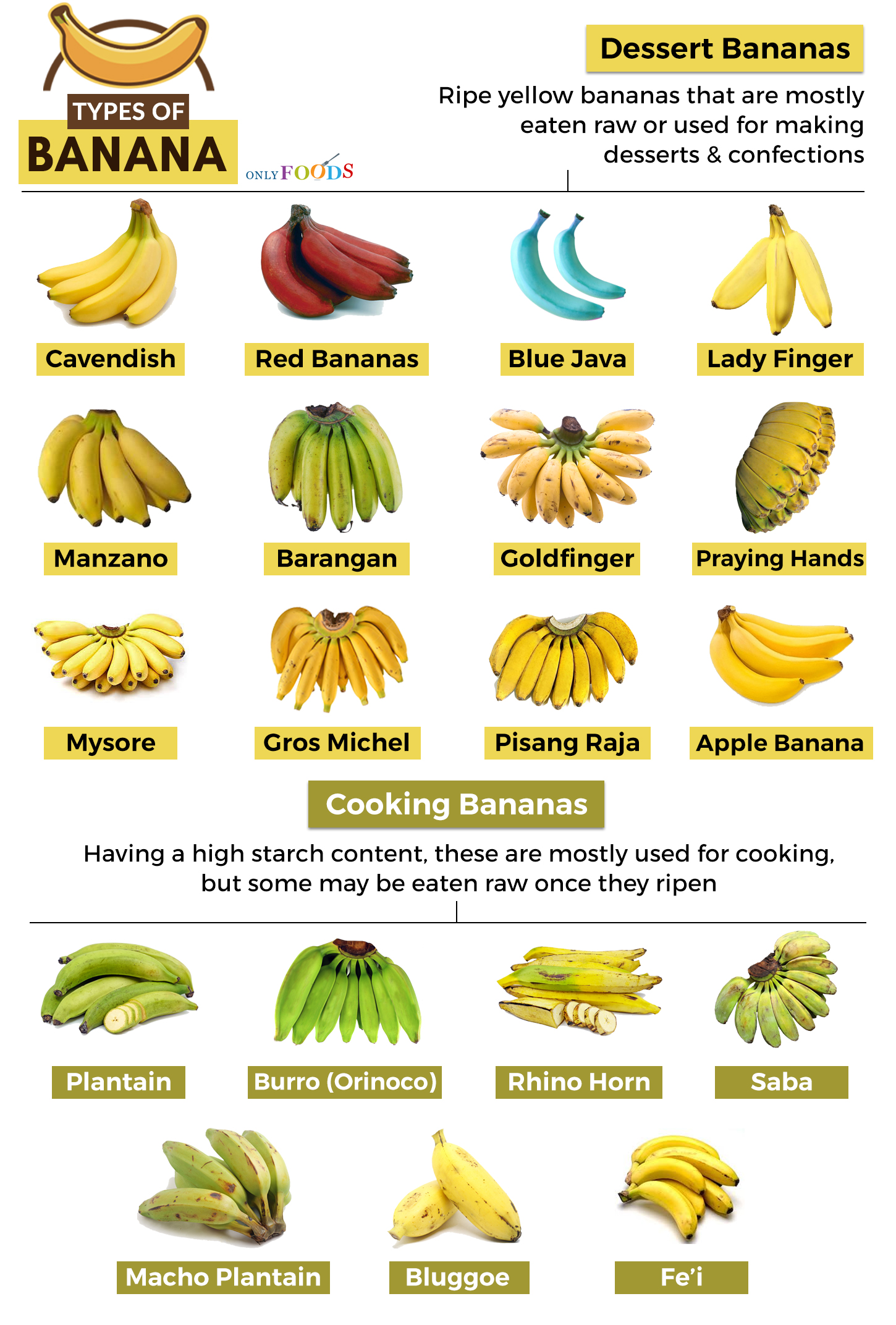
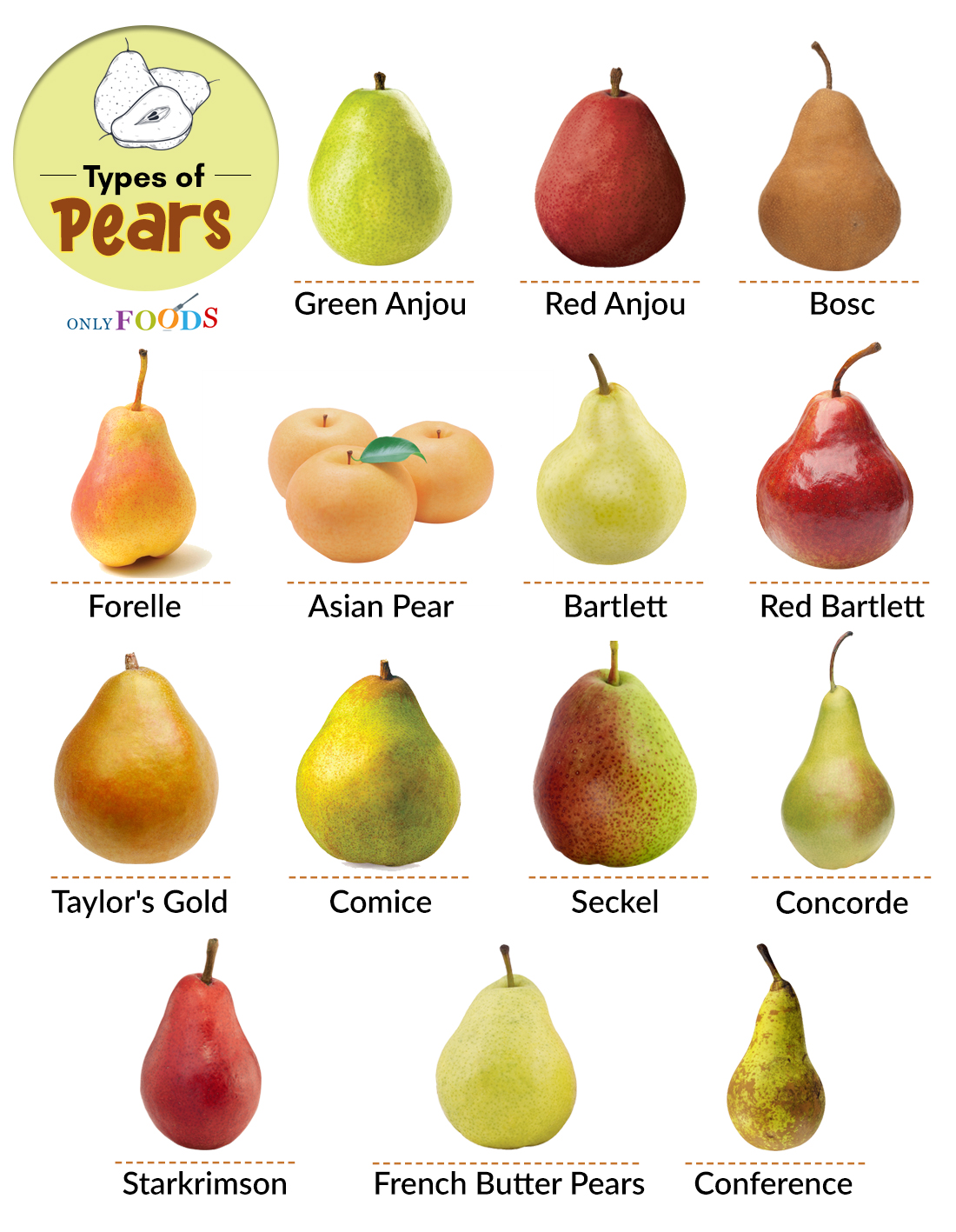















Leave a Reply